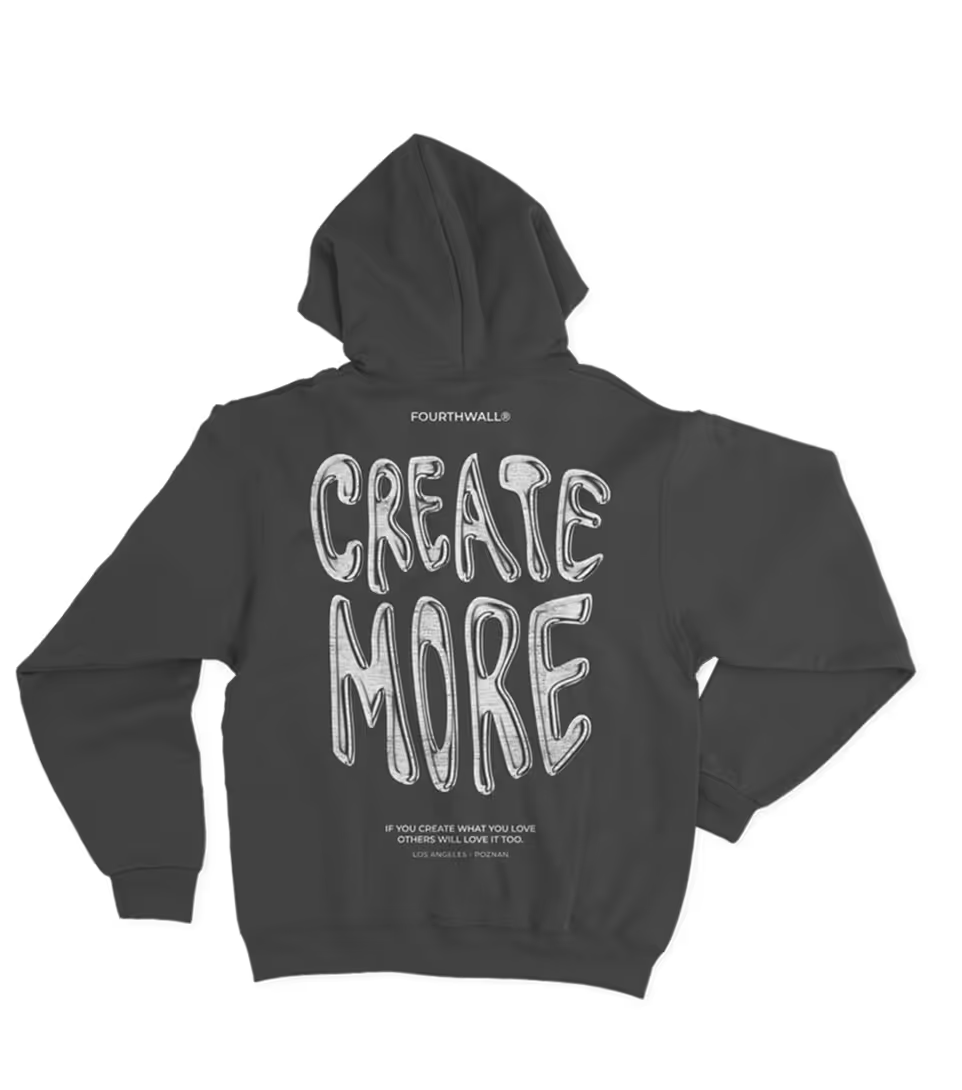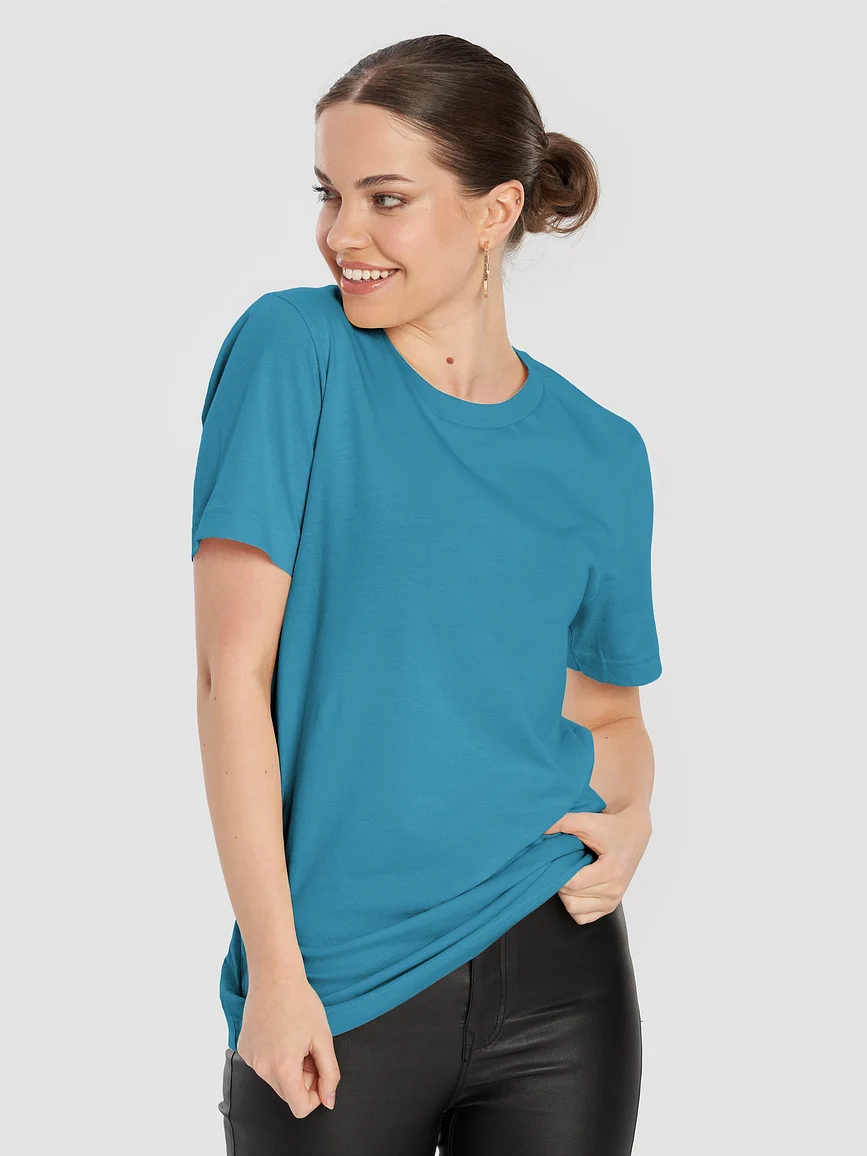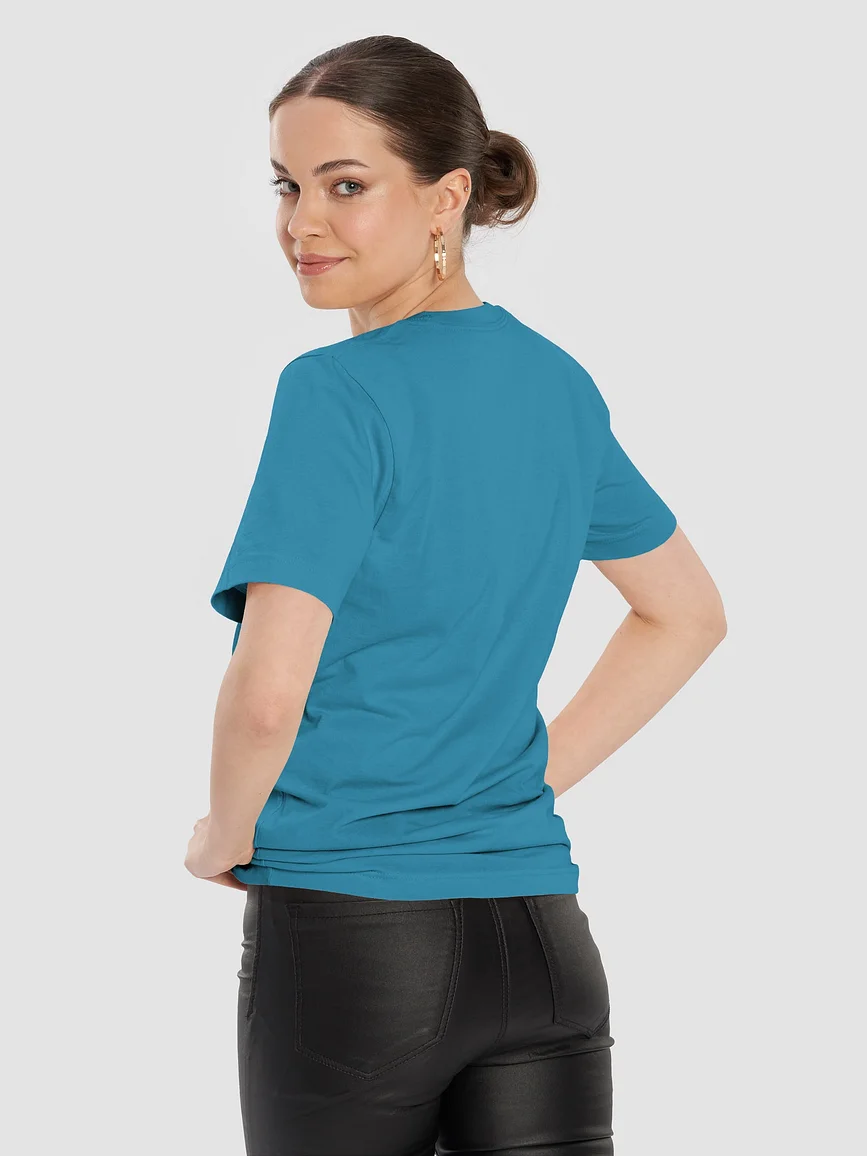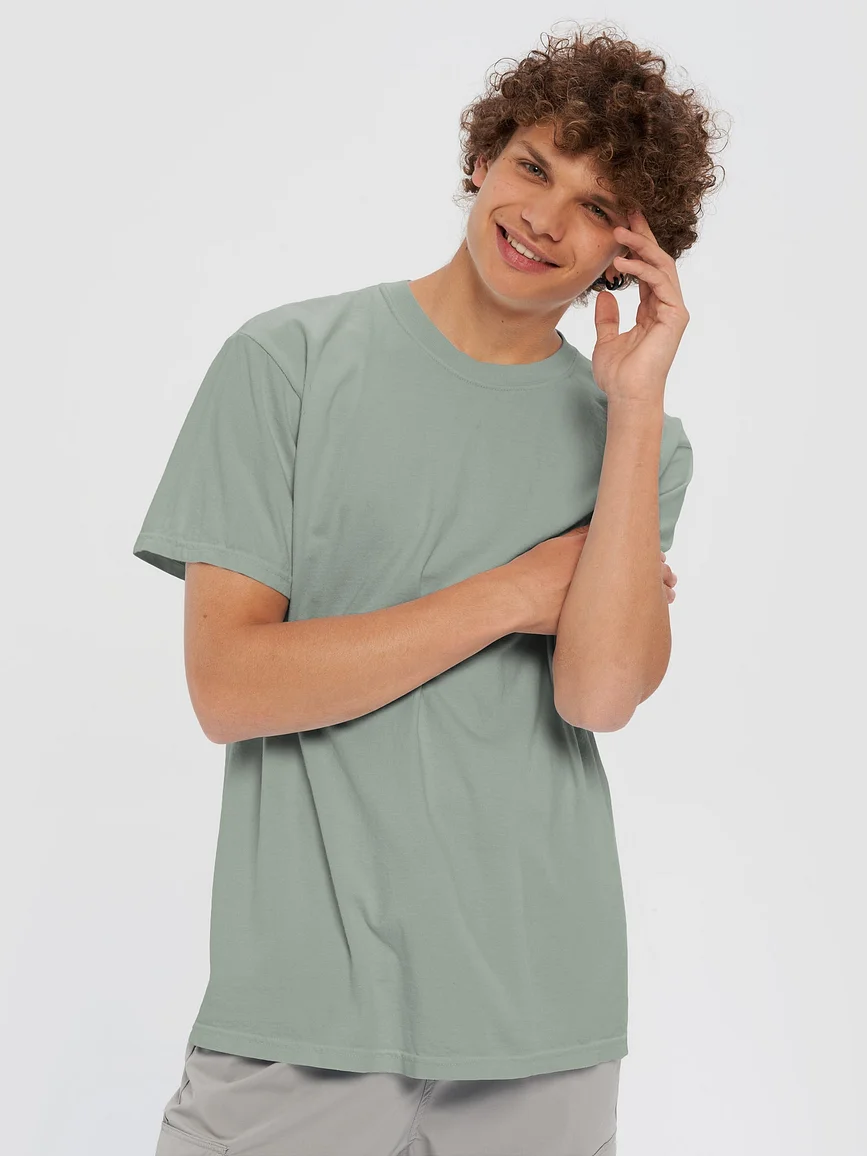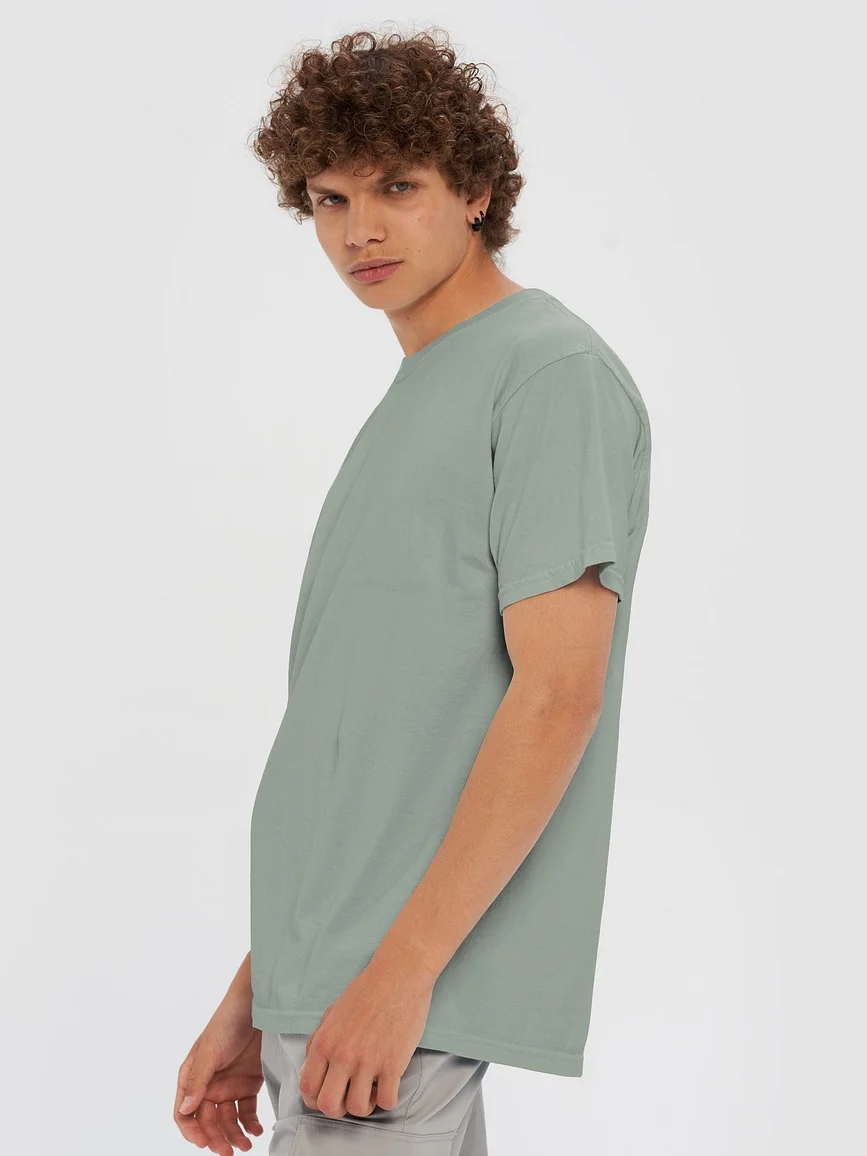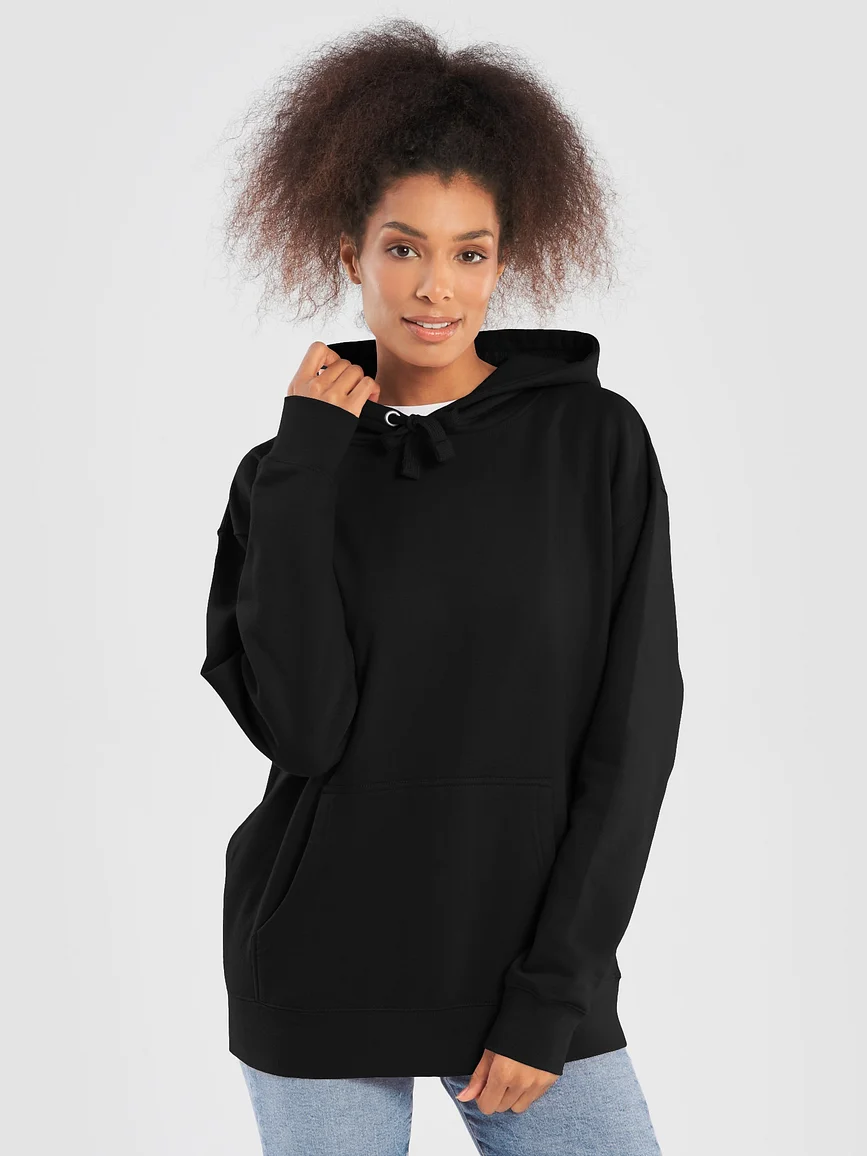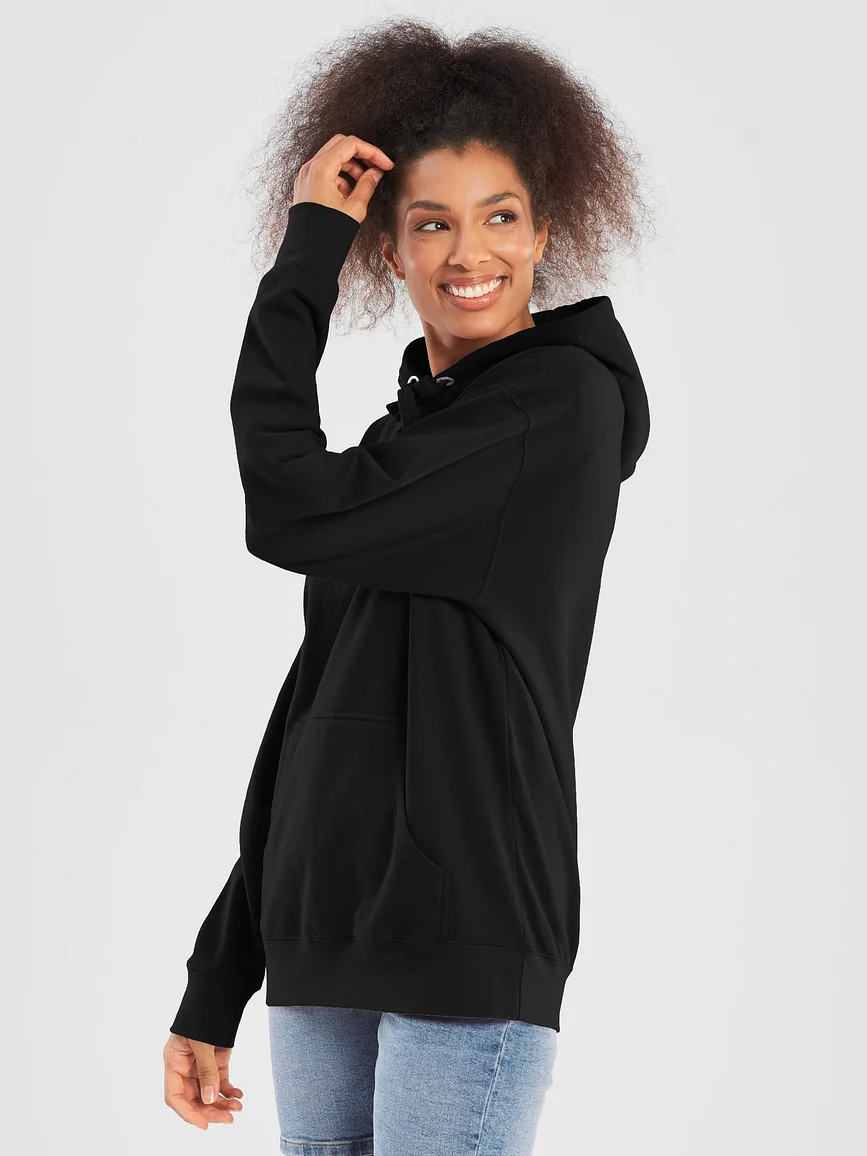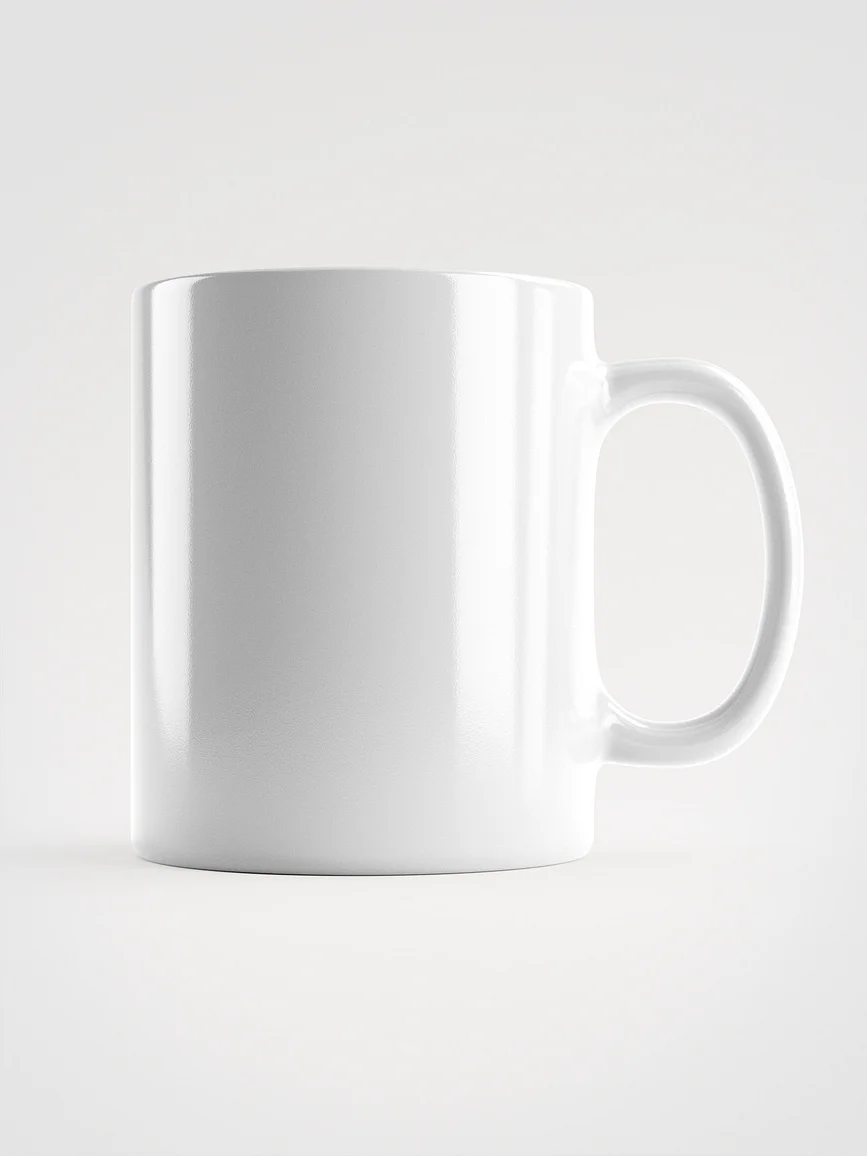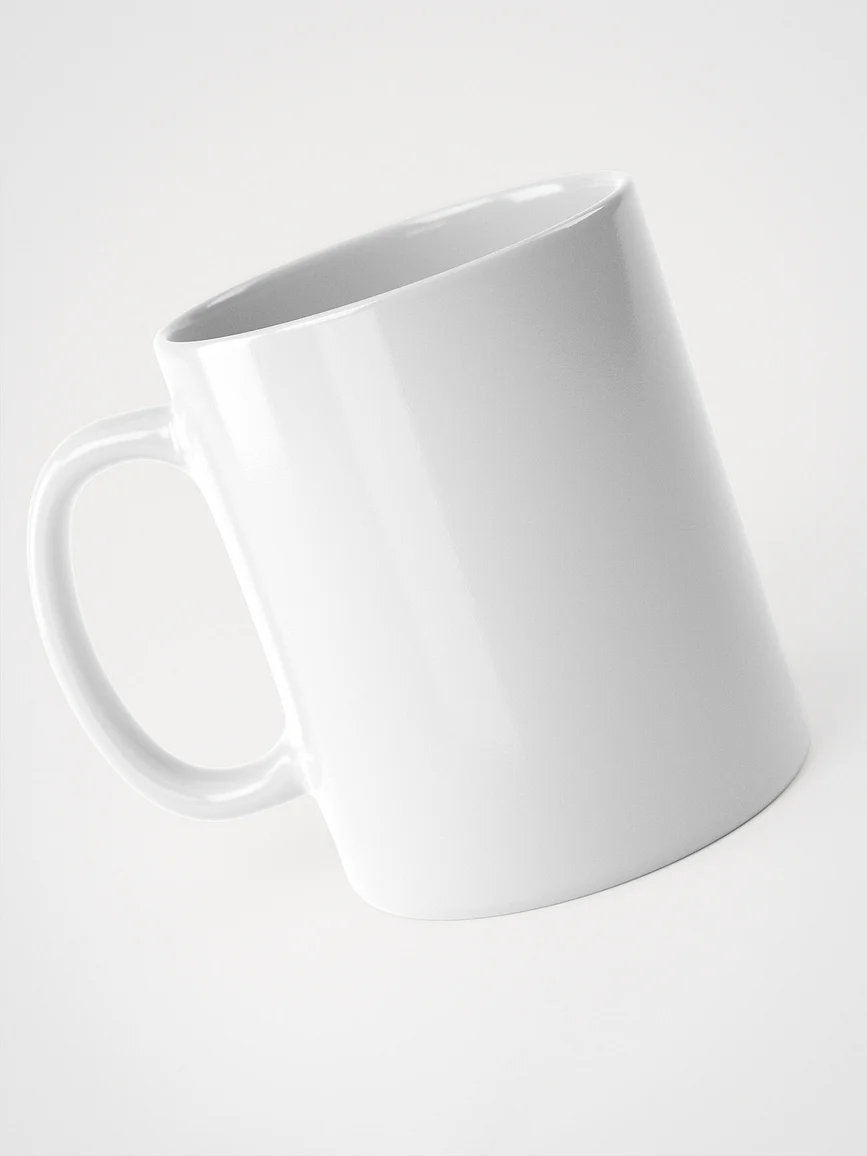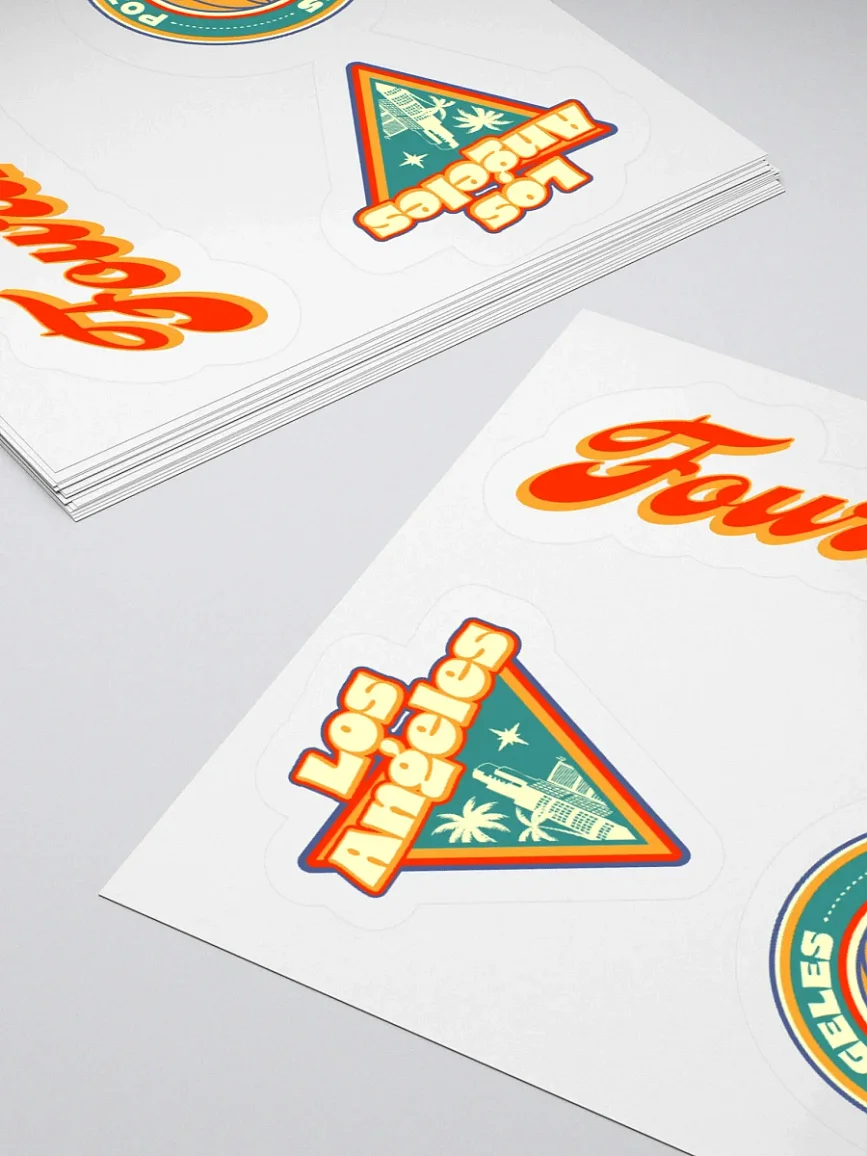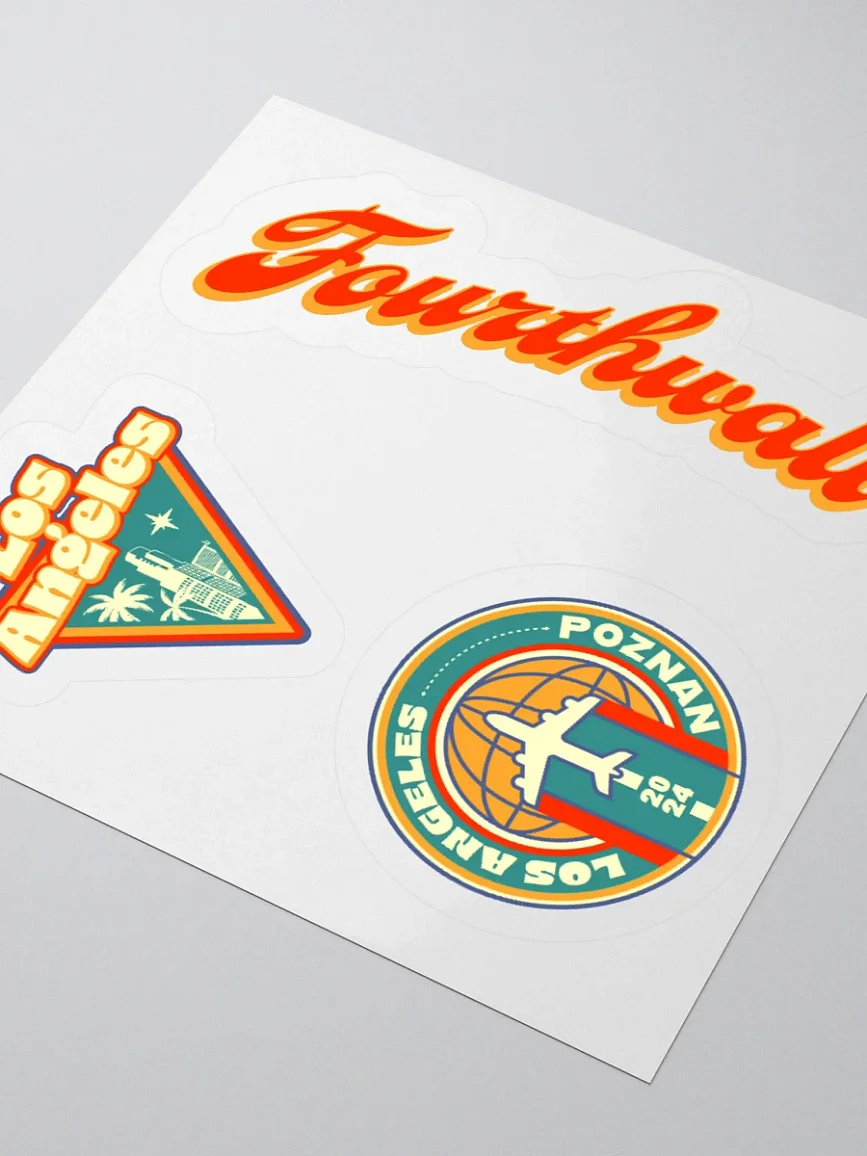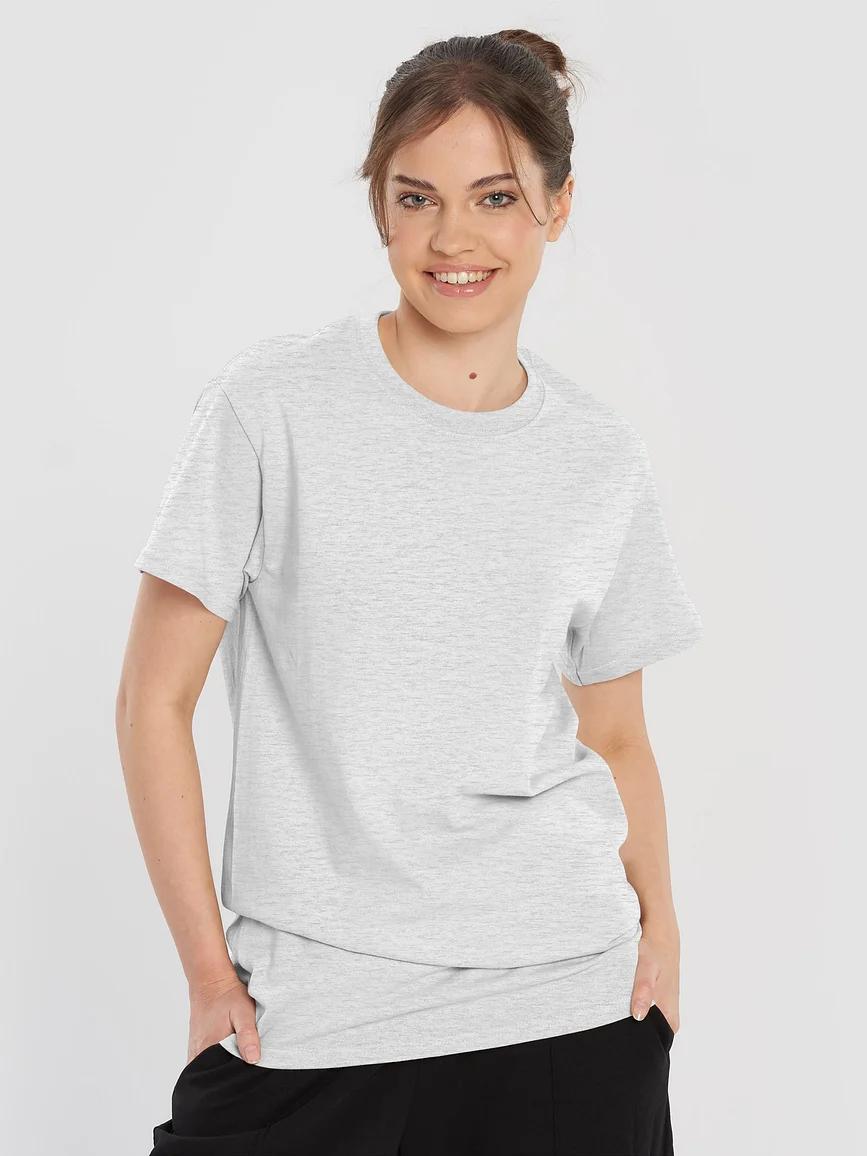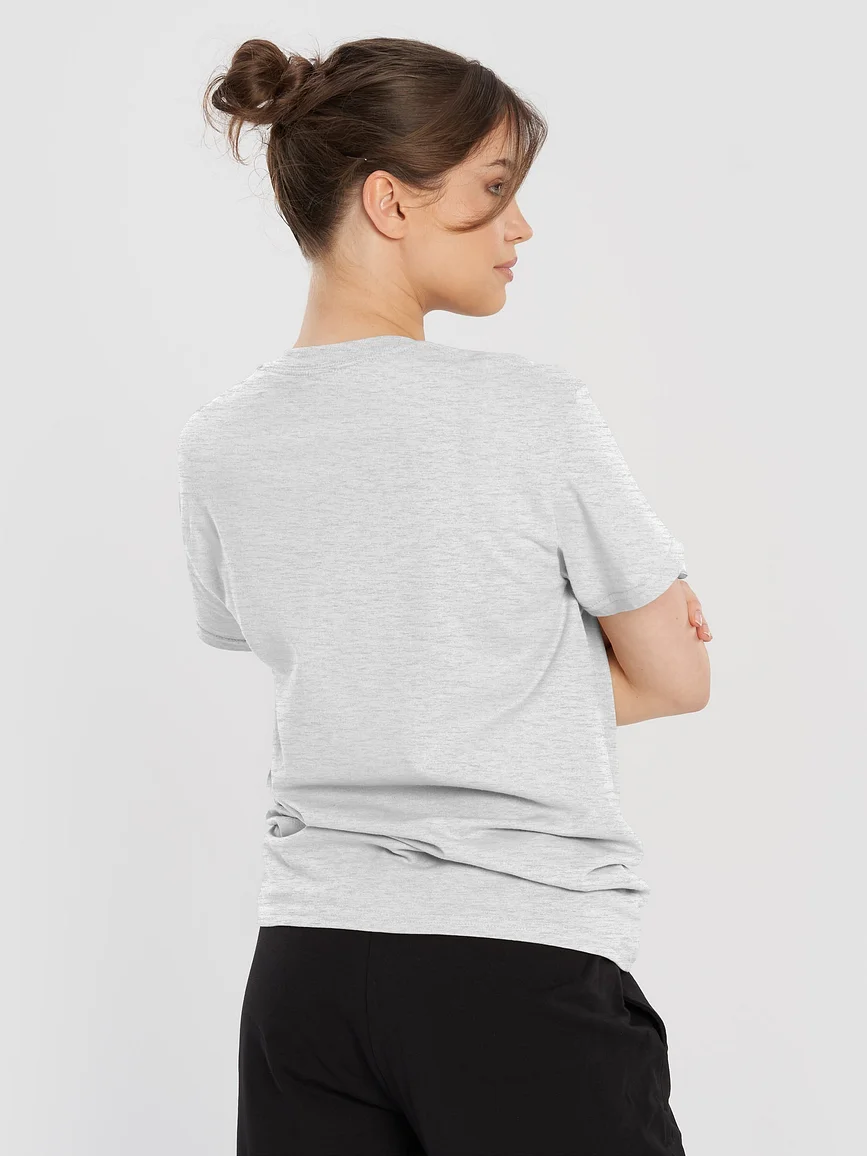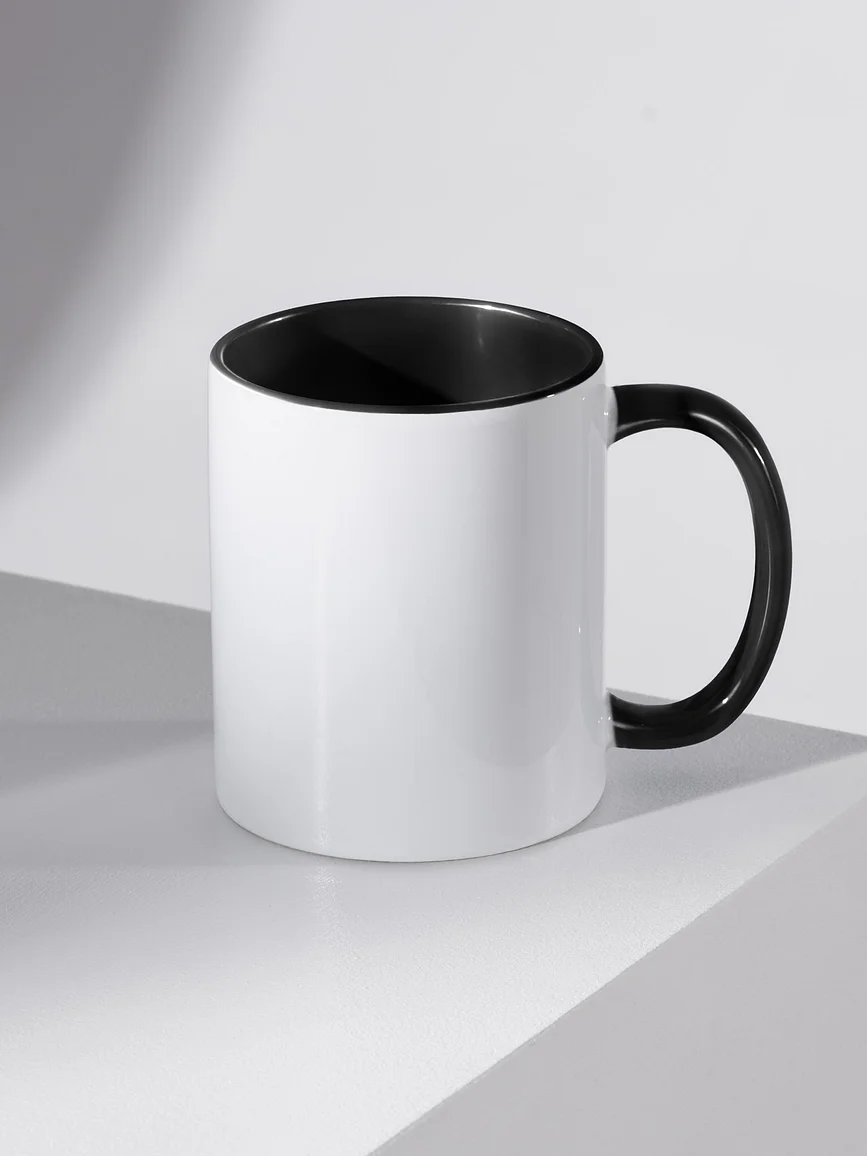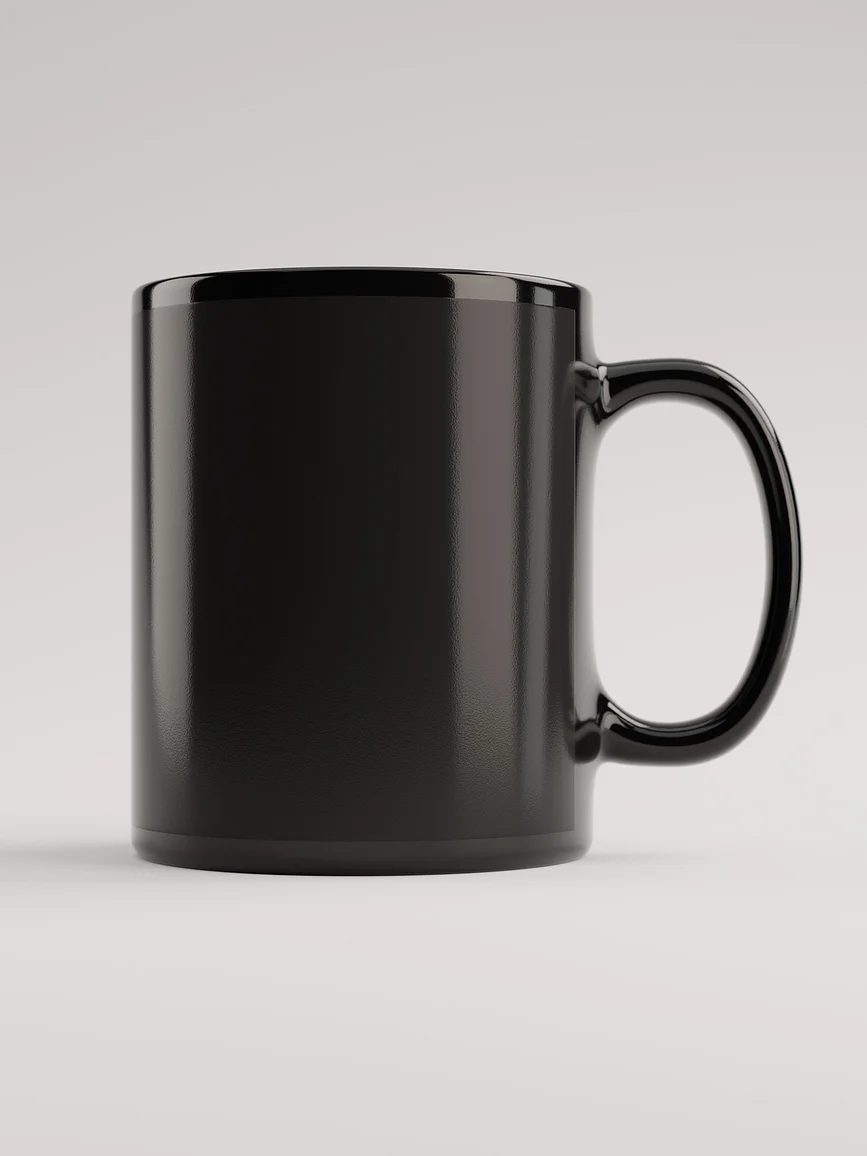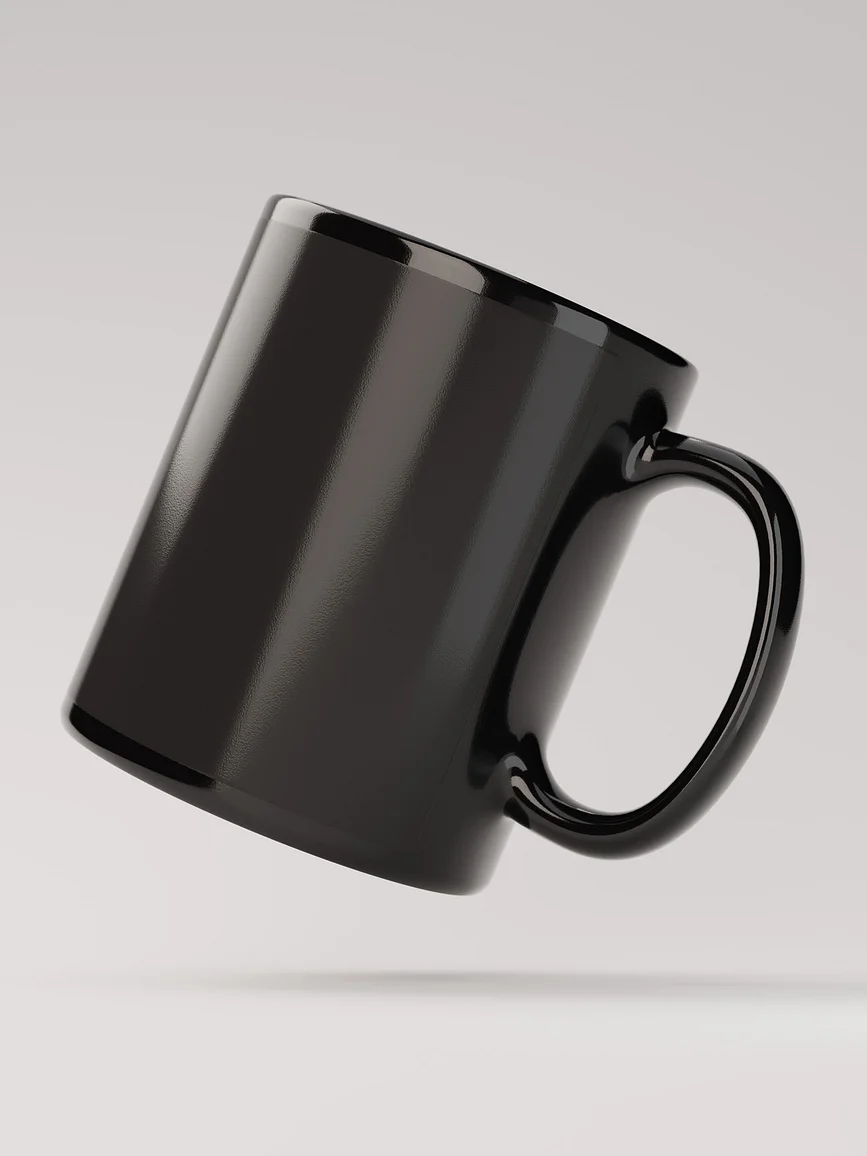How to Design a Poster: A Complete Guide
.webp)
Posters are one of the most influential visual communication tools in a creator’s toolbox. Depending on your intention, an impressive custom poster design can motivate people to take action, share information, promote a product, advertise an event, or even just enhance the look of a space.
In this guide, we’ll cover different types of posters, steps to design one, and best practices for creating and/or selling a successful poster design to help you become the best poster maker possible.
Types of Posters
.webp)
- Decorative Posters: Used to add visual interest or spotlight an individual's interests in personal spaces like offices or bedrooms.
- Event Poster: Promote an event with details about time, date, location, and ticket prices.
- Ad Poster: Highlight a specific product, service, or brand.
- Motivational Poster: Typically include inspirational quotes or phrases.
- Election Poster: Used to advertise a candidate in all types of elections.
- Campaign Poster: Bring attention to a specific cause for awareness and advocacy campaigns.
- Educational Poster: Used to educate people about a variety of topics.
- Movie Poster: Promote upcoming movie releases or commemorate your favorite films.
- Music Poster: Often utilized by bands or music artists to promote gigs or album launches.
.webp)
How to Design a Poster: 8 Steps
- Identify your goal: It’s essential to know the message you want to convey through your poster design. What do you want to communicate? What’s the objective of your poster? Are you selling these as art? Once you’ve identified the purpose, it’s easier to decide on the style and elements that you’ll want to use in your design process.
- Choose the poster dimensions: Poster size is more important than you may realize. Consider the location of where you’ll display your poster. Is the poster going to be outside or inside? Is it meant for open spaces or bedrooms? The room's dimensions and distance from the viewer should influence what size you make the poster and its readability. There are several sizes to choose from, including:
- A4 Paper - great for printing at home, placing in a frame, or hanging.
- 18x24 inches - popular size used for most posters.
- 24x36 inches - used for larger signs in busy areas.
- 27x40 inches - used for movie posters. - Create the outline of your poster: Decide on the design elements that you want to use in your poster. It could be any combination of text, images, shapes, or colors. Remember your goal and focus on making the message stand out. Using a poster template can be a good starting place if you need inspiration. Most of the best poster maker apps and websites like Adobe Spark, Canva, Postlab, and Postermywall have thousands of templates to choose from.
- Choose a color scheme: The color scheme conveys a poster’s mood and tone. For a more serious or professional appeal, use a limited color palette; for a brighter or more playful feel, go with a more extensive palette. High contrast within the color scheme will help text stand out. If you are having trouble with finding aesthetic color schemes, tools like Palette Maker or Adobe Color can help create complementary palettes from just one or two colors.
- Typography: Choose a legible font size for your message, making sure it’s not too small or hard to read. Consider using bold fonts, uppercase letters, or resize specific words to make the message stand out further. Play around with the different text elements to highlight the most important information.
- Choose images/visuals: When selecting an image for your poster, make sure it draws attention and enhances the message you’re trying to convey. You can use stock photos online, find fun graphics through a poster maker app, or design your own photo collage.
- Create visual hierarchy: Visual hierarchy is essential in creating a successful poster. It ensures your message is communicated in a logical, cohesive sequence that guides the viewer's eyes to the essential elements of the poster. Spacing, alignment, and texture are crucial principles to pay attention to when constructing satisfying visual hierarchy.
- Finalize poster: Once you’ve followed the previous steps, review your poster for any changes. Remember, poster making is not a science, so continue tweaking and editing your poster until you have a design that you are happy with and that achieves your goal.
- Download and share: Save your poster and print it where you can, or if you’re interested in selling them online, upload your design to Fourthwall and make your design sellable.
Best Practices for a Successful Poster Design
- Consider the context: Make sure the poster fits its surroundings and is eye-catching enough to be noticed. If you’re designing for a particular audience, consider their cultural norms or preferred style for the context.
- Include a direct call to action: The poster should have a clear, concise message about what you want people to do after seeing it. For example, if you’re creating an event, make sure to include the essential details like date, time, and location.
- Simplify the design: Minimalist design is better when it comes to poster design. Avoid cluttering the design with too many elements and make sure the primary message is straightforward and easy to understand.
- Use high-resolution images: Blurry or pixelated images will make your poster appear unprofessional. Use high-quality images or graphics and ensure they’re in focus before incorporating them into your design.
- Choose a legible font size and style: The font size should be big enough to read from a distance. Script fonts are generally harder to read than sans serif, serif, or bold fonts.
- Keep your message clear and concise: Avoid including too much information; it will only confuse the viewer. Instead, focus on one primary message, and make it visible and understandable.
- Use high-quality printing: Make sure the printed poster has the same quality as the original design. Use high-quality paper and a good printer so the color saturates properly and doesn’t smudge.
- Proofread your poster: The design process is not finished until you review your poster for any grammatical or spelling errors.
Start Selling your Posters with Fourthwall!
Want to take your poster design skills to the next level? Sign up for Fourthwall and browse a wide variety of available poster sizes and materials that you can customize with your own design, logo, or message.
Fourthwall offers incredibly high-quality customizable print and poster options, so you never have to worry about the design being ruined in the printing process. Fourthwall’s simple, user-friendly platform enables you to sell custom posters, source and sell products, and offer memberships to your supporters. You can create anything from motivational posters to event posters to music posters, the possibilities are endless. Start creating and selling posters today.

